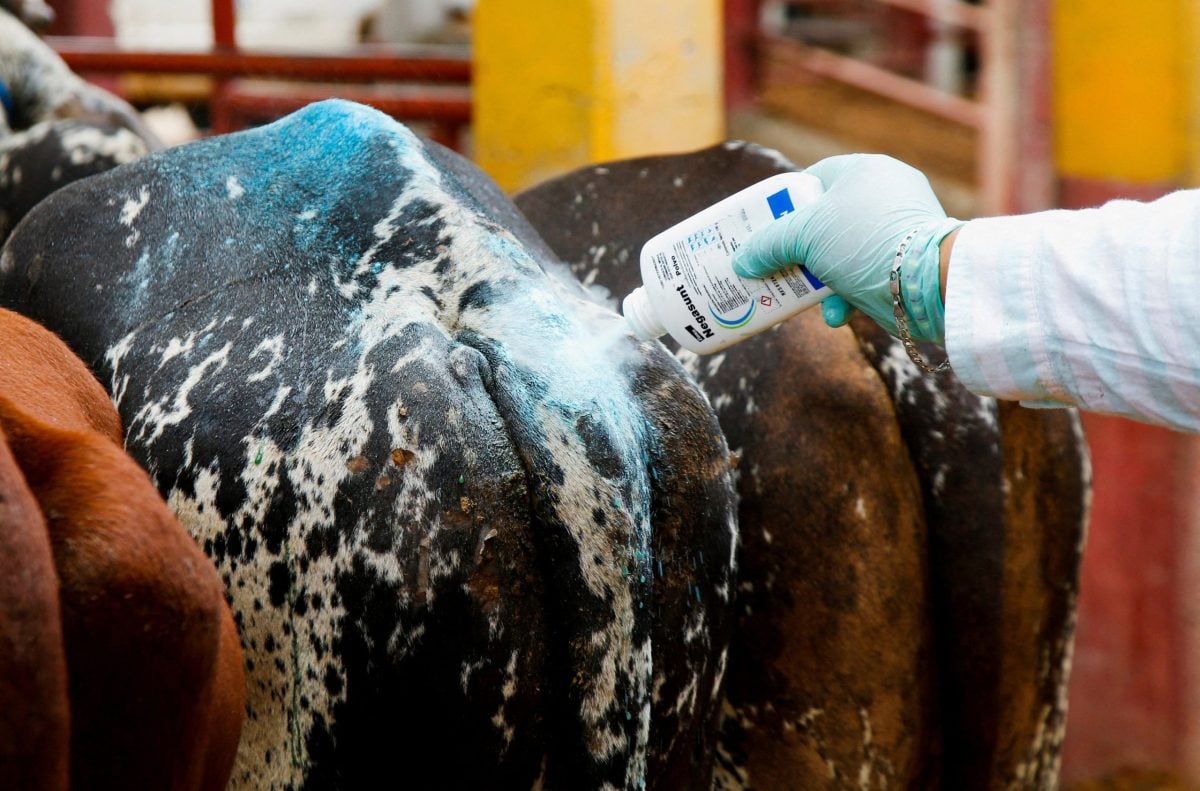Testing is underway on cormorants and gulls found dead in northwestern Saskatchewan to confirm suspicions of an outbreak of Newcastle disease, though not of a strain known to kill poultry.
The province’s environment ministry reported a suspected outbreak Friday in double-crested cormorants in the Jackfish Lake area, about 40 km north of North Battleford, and around Meadow Lake Provincial Park.
As of last Thursday (Aug. 12) about 1,000 cormorants and gulls have been found dead in those areas, and “many others” found sick, the ministry said. The carcasses showed lesions “consistent with Newcastle disease.”
Read Also

Mexico agriculture secretary says still no date for restarting cattle exports to U.S.
Mexican Agriculture Minister Julio Berdegue said on Wednesday that Mexico and the United States have not yet set a date to resume Mexican cattle exports amid an outbreak of the flesh-eating screwworm parasite.
The Newcastle disease virus (NDV) comes in various strains, some of which can cause fatal infections in domestic poultry, although the strain usually found in wild birds “generally is not lethal in poultry,” the province said.
Sick and dead cormorants and gulls were reported in early August and samples were collected for disease testing at the Canadian Co-operative Wildlife Health Centre.
Birds affected by NDV show signs of partial paralysis of the wings and legs, the province said. Affected birds can’t fly or dive; some limp or fall over. Sick birds are often weak and unable to avoid people approaching.
Anyone who comes in contact with sick or dead cormorants or gulls shouldn’t try to touch or pick up the birds but should immediately report them to the nearest provincial environment ministry office.
Anyone who’s already handled a sick or dead bird or visited a nesting colony in the affected areas should wash their hands and clothes “immediately” and disinfect any shoes and equipment with a five per cent bleach solution, the province said.
These sorts of precautions are meant to prevent spreading the disease to other areas of the province, the ministry said.
NDV poses no “significant” health risk for people, the ministry said. In rare cases it’s been known to cause conjunctivitis, usually in people who come into contact with “many” infected birds.











